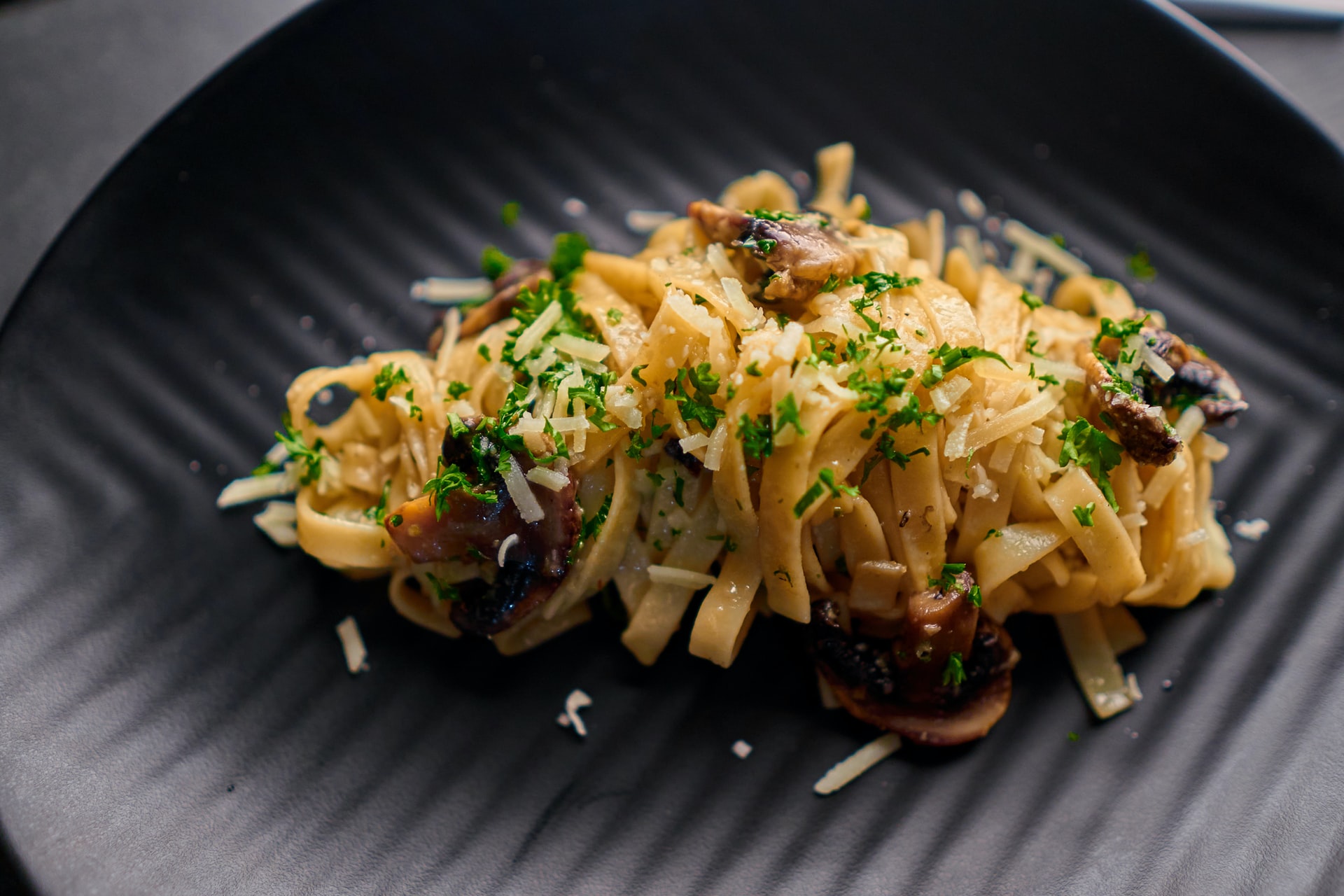Reading Time: < 1 minutes
- Dutch immigrants are credited with bringing Doughnuts, originally called olykoeks—oily cakes—to New York in the 18th century.
- The exact origins of the name Doughnuts are unknown.
- Some people believe the original recipe had nuts in the dough, and so, Dough-Nuts.
- Some say that Dough’nut’ comes from a Dough knot because, initially, the dough was tied in a knot.
- Then some believe that in the original recipe, the centre of the fried dough remained uncooked, so people would put hazelnut/walnut at the centre to avoid the uncooked centre.
- The third explanation is said to be the most authentic because that is how Elizabeth Gregory used to make doughnuts in the 1840s.
- Elizabeth Gregory was the mother of Hanson Gregory, who is credited with creating the modern-day doughnut with a hole.
- It is said that Hanson Gregory had to go on a ship journey and her mother packed him deep-fried dough cakes (as frying preserves the food for long).
- Hanson was dissatisfied with the greasy centre (it wasn’t as crisp as the corners), and so, he suggested punching a hole in it.
- Then doughnuts came back in the news during WWI when volunteers from The Salvation Army went to France to provide doughnuts to homesick American foot soldiers, who had difficulty sourcing freshly baked goods.
- In 1920, a refugee from Russia, Adolph Levitt, began selling doughnuts in New York City and people went crazy about his doughnuts.
- To cater to these crowds, he invented the machine that could produce 80 identical doughnuts per hour.
- The doughnut machines grew more sophisticated over time, and when The Great Depression hit America in the 1930s, doughnuts became even more popular because they were cheap (less than 5c) and widely available.
- In this period, a Frenchman, Joe LeBeau, under financial distress, sold his secret recipe and the name Krispy Kreme to a local store in Kentucky, US, whose owner started selling these door-to-door.
Image courtesy of Sheri Silver through Unsplash
Reference shelf :






















